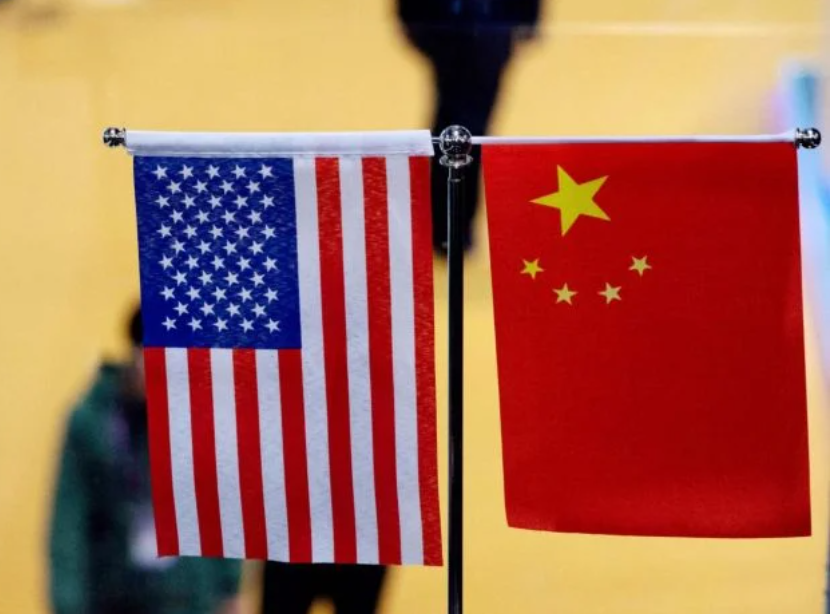In a move aimed at safeguarding national security interests, the U.S. Commerce Department has unveiled its final regulations to prevent semiconductor manufacturing subsidies from benefiting countries considered potential threats, such as China and Russia. These rules mark the last step before the Biden administration can distribute $39 billion in subsidies allocated for semiconductor production, research, and workforce development under the “Chips and Science” law, which provides a total of $52.7 billion.
The newly introduced regulations, initially proposed in March, establish strict rules around the utilization of U.S. funding. They restrict recipients from expanding semiconductor manufacturing operations in countries like China and Russia, which are viewed as national security concerns. Additionally, the rules discourage recipients from engaging in joint research projects or technology licensing with entities from these countries.

Commerce Secretary Gina Raimondo emphasized the need for vigilance, stating, “We have to be absolutely vigilant that not a penny of this helps China to get ahead of us.” Under the regulations, the Commerce Department has the authority to reclaim federal awards if recipients violate the imposed restrictions.
The policy imposes a ten-year ban on grant recipients significantly increasing semiconductor manufacturing capacity in nations flagged as concerns. It also prohibits beneficiaries from collaborating on joint research initiatives or licensing technologies from unreliable foreign parties. However, the regulations permit the use of global standards, patent licensing, and foundry and packaging services.
Furthermore, the rules define “material expansions” as any increase in production capacity exceeding 5% and link such expansions to the addition of cleanrooms or other physical space. Beneficiaries are barred from constructing additional cleanrooms or manufacturing lines that would augment a facility’s production capacity by more than 10%.
Additionally, the regulations identify specific semiconductors crucial to national security, subjecting them to more stringent controls. This category encompasses current-generation and mature-node processors for quantum computing and those used in radiation-intensive conditions and specialized military applications.
These final regulations signal the U.S. government’s commitment to maintaining a competitive edge in semiconductor technology while safeguarding against potential threats to national security.
Related:
- China initiates a $40 Billion state fund to elevate its Semiconductor sector
- China Imposes Export Controls on Critical Semiconductor Materials, Escalating Trade War
- Apple’s iPhone 15 Defies Odds in China by Shattering Previous Sales Records
(via)







